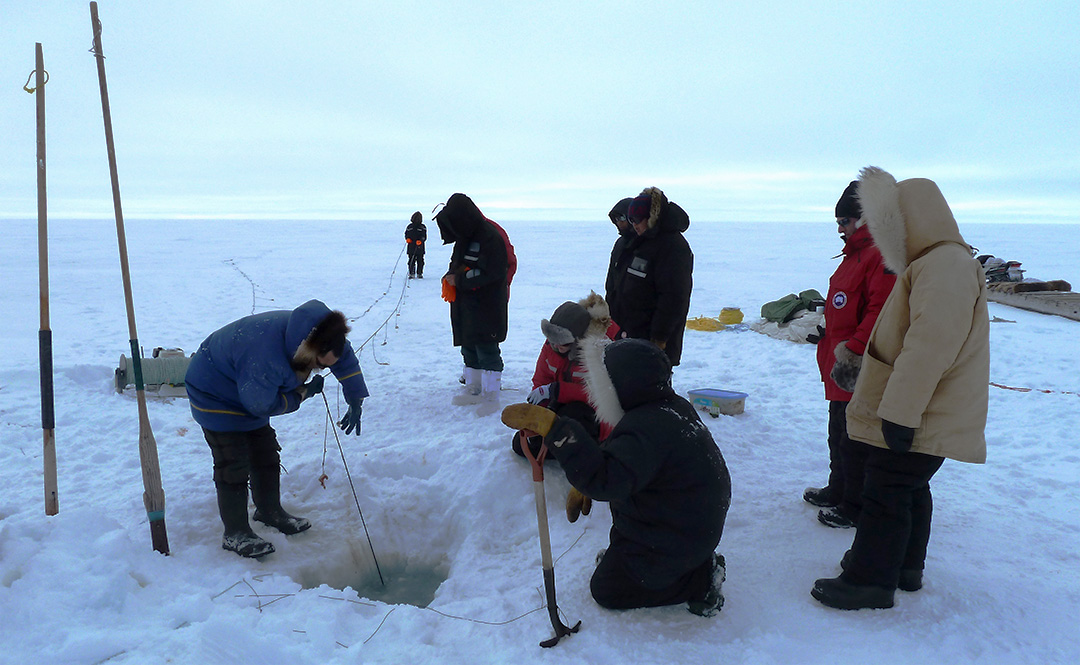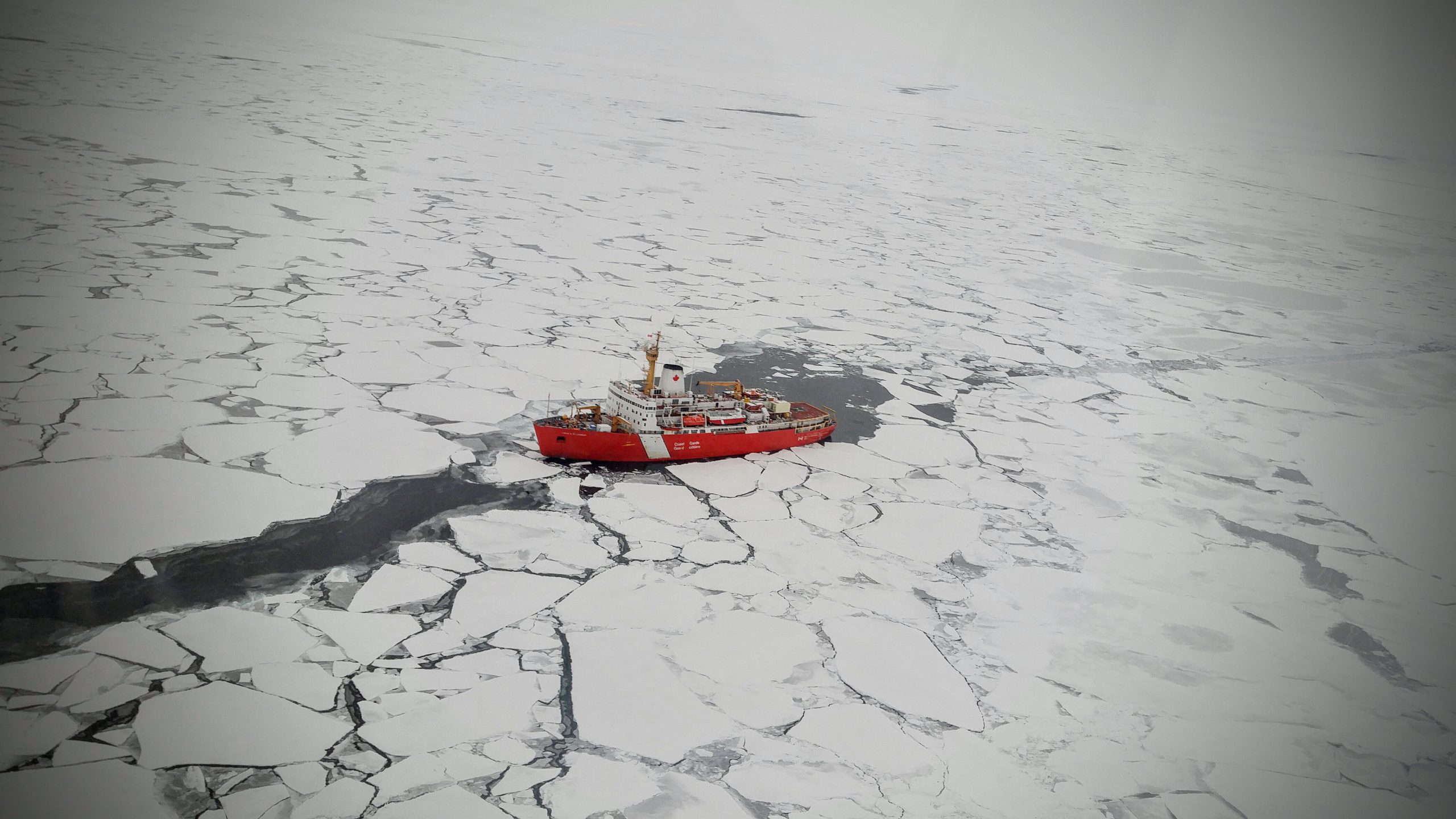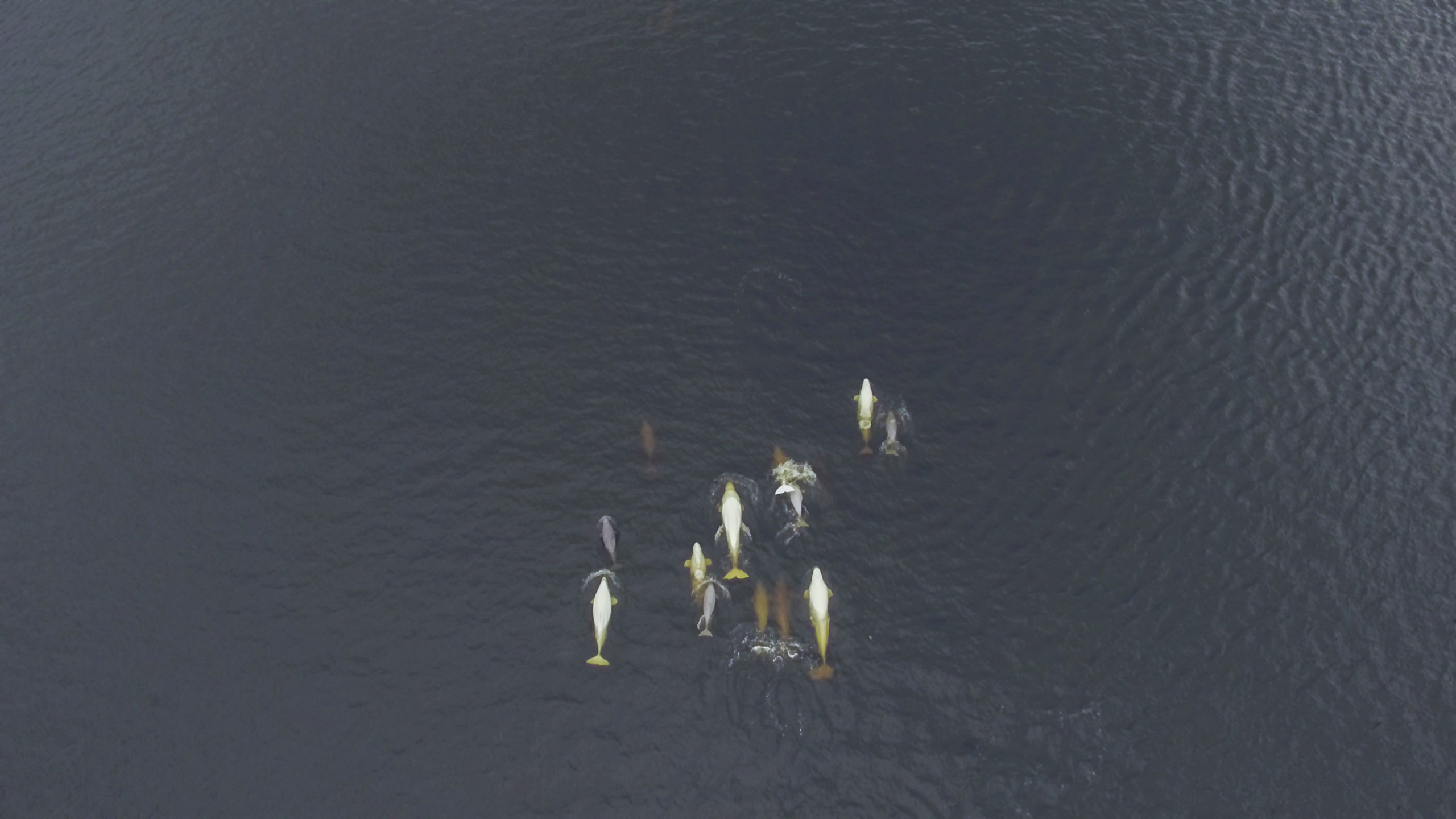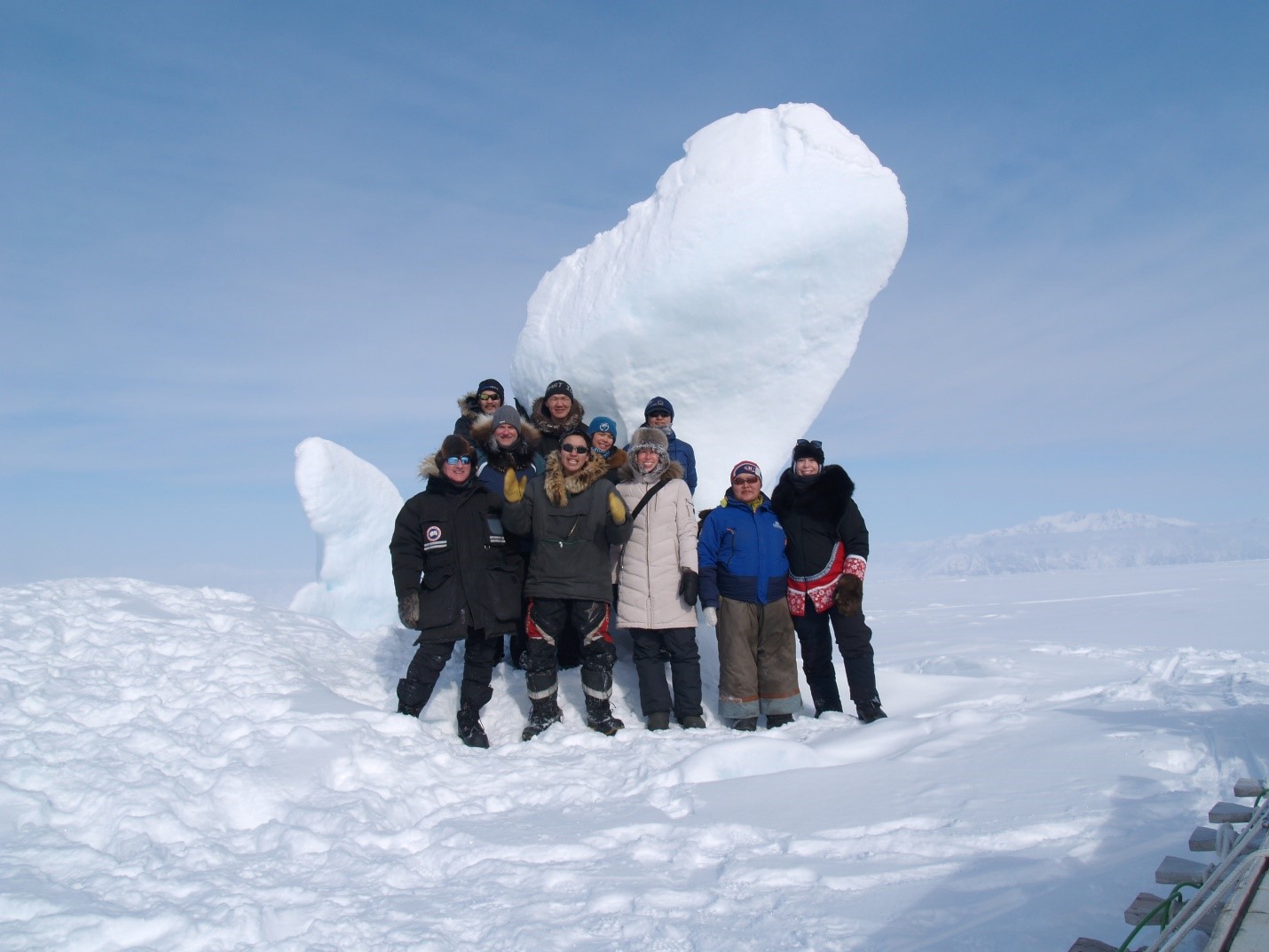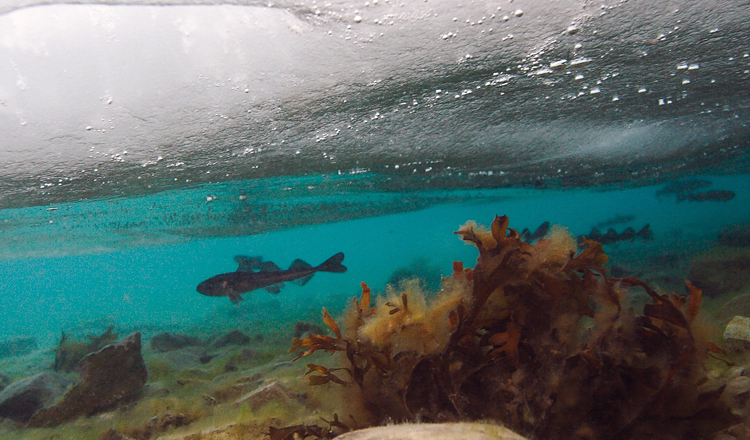
Arctic Change and the Food Chain
The Arctic climate is changing faster than just about anywhere else on Earth. What could that mean for the plants, animals and people that call the Arctic home? We hear a lot about the potential impact on people, polar bears, seals and narwhals. But if you think polar bears and people are important, then you should also pay attention to Arctic cod and the food they eat.
In Arctic waters, cod are part of this important food chain: algae get nutrients from the water and energy from the sun; tiny animals like copepods eat the algae; Arctic cod and other fish eat them; bigger fish like char eat the cod; seals, narwhals, belugas and people eat the fish. At the very top of the chain are polar bears and people. At each link, the energy and nutrients are passed upwards in the chain. Break the chain by taking away any link and the energy and nutrients cease to flow.
That means that healthy polar bears and people require healthy Arctic cod populations. The problem is that we know very little about how all of the changes occurring in Arctic climate are affecting each link in the chain.
In fact, we don’t know much about Arctic cod at all – how many there are, where they are at different times of the year and, what their basic needs are in order to continue to thrive. Perhaps the cod could acclimate to the changing climate and have no problem, or maybe the changes will be too fast or too great for the fish to handle.
So how can we tell what effect the changing climate may have on the fish? A UBC researcher, Helen Drost, caught some Arctic cod in Cambridge Bay, Nunavut, last year and shipped them down to the Vancouver Aquarium. Her goal: to understand their ability to acclimate to a changing environment, and how changes in temperature, pH salinity, or even increasing pollutants such as oil, might impact Arctic cod.
The Vancouver Aquarium is well-suited for conducting research on species like Arctic cod. We have the systems, people and expertise, and now thanks to some groundbreaking work by Aquarium biologists Danny Kent, John Fisher and Takuji Oyama, the Aquarium has hundreds of young Arctic cod. For the first time in North America, Aquarium staff succeeded in hatching and rearing Arctic cod through the entire larval phase. This remarkable achievement has allowed Helen to assess the potential impacts of the changing Arctic climate on all stages of the cod life cycle.
Helen’s method to quantify the impact of changing conditions on Arctic cod involves measuring the fish’s heart rate when exposed to different conditions. This method is based on previous research by Dr. Tony Farrell and Erica Eliason at UBC who showed the impact of temperature change on Fraser River Sockeye. Change in heart rate may be a very good indicator of change in overall health and ability to perform necessary day-to-day activities.
The good news is that Arctic cod larvae (or babies) are see-through, allowing Helen to capture video of the heartbeat and calculate the rate under varying conditions.
[youtube]http://www.youtube.com/watch?v=OWxmkKmcGxk[/youtube]
The heartbeat of an Arctic cod larva is easy to see with some practice, making it relatively simple to measure larvae heart rates.
With adults, measuring heart rates is not as simple. Helen must measure the electrical impulses created each time the heart beats using tiny electrodes. Both methods provide her with the data she needs to assess changes in the fish’s physical performance based on changing conditions.
Helen’s current focus is on the fish’s long-term ability to acclimate to changing conditions. This summer, she’ll begin these same studies on the cod’s most important food source: tiny shrimp relatives called copepods.
Whether and how fast Arctic cod can acclimate to the changing Arctic climate is one of many important questions that must be answered if we are to understand the impacts these changes will have on the Arctic ecosystem. This system is a tightly linked chain that starts with the tiniest algae and ends with people who have relied on the sustenance that chain has provided for thousands of years.
Arctic cod are one of many species experiencing rapid change in the North. The results from this study will be added to the growing body of research that will help scientists, policy-makers and Arctic communities understand and adapt to changes in the Arctic environment.
Posted May 22, 2012 by Arctic Connections
